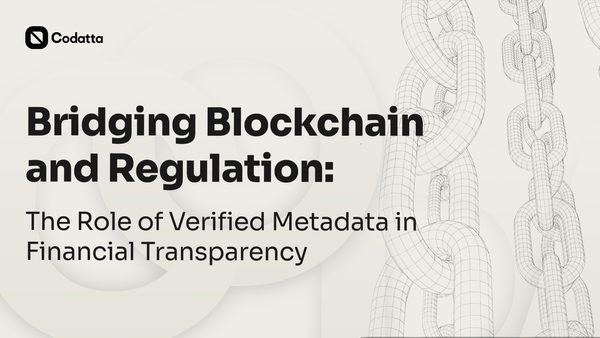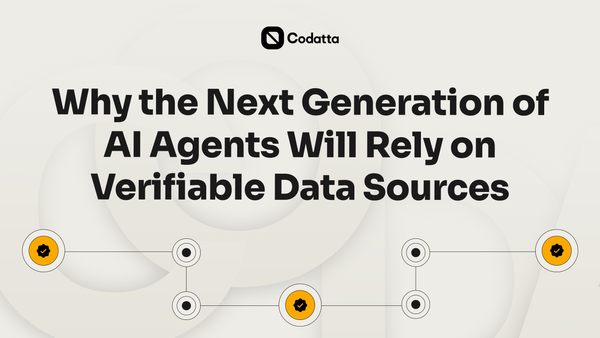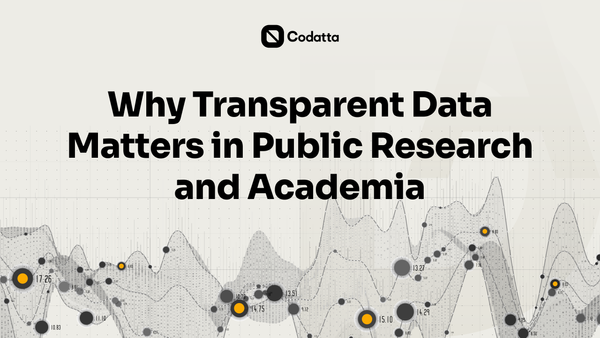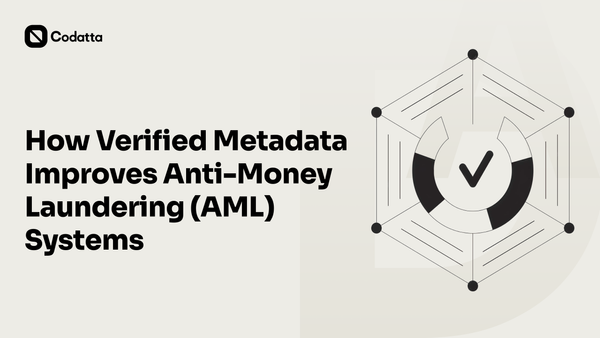The Hidden Cost of Unverified Data in AI Pipelines
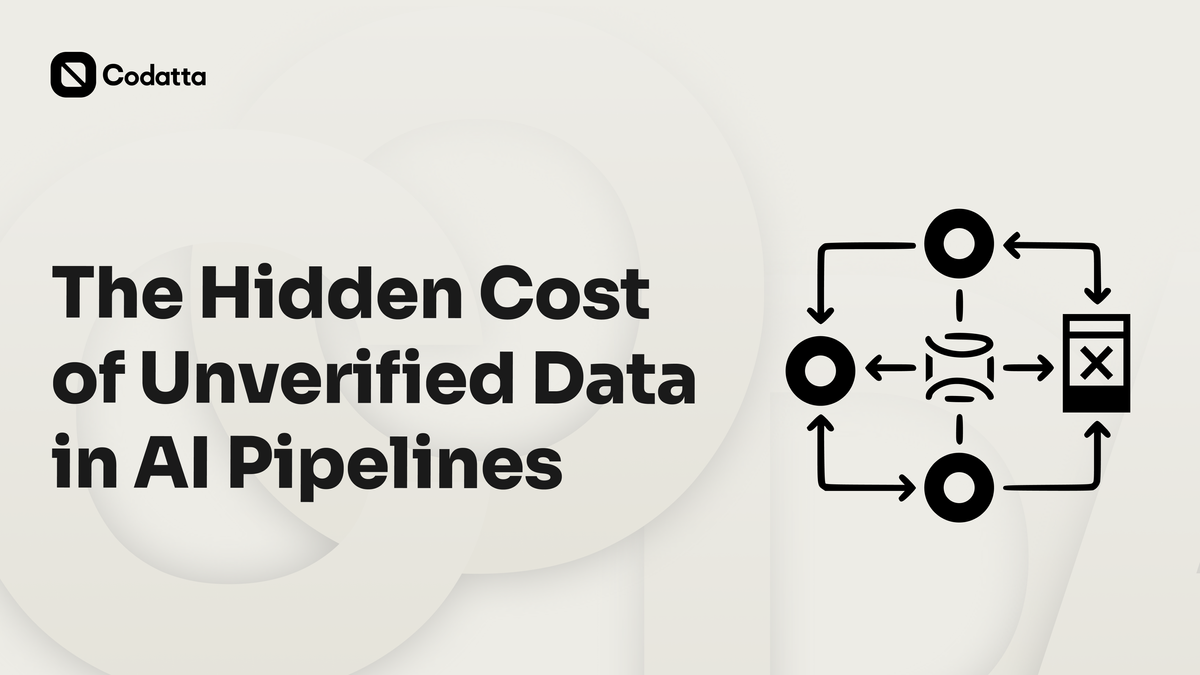
AI systems rely on vast amounts of training data to make accurate predictions and automate real-world decisions. When that data is incomplete or inconsistent, performance drops sharply, and costs rise across the entire pipeline. Research from McKinsey and Stanford HAI shows that poor data quality can significantly reduce model accuracy and delay automation timelines.
Most pipelines still depend on unverified data sources that lack traceability and consistent data management, creating blind spots and unpredictable behavior in complex workflows. These gaps affect accuracy, reliability, and accountability at every stage of model deployment.
Read on to see how the hidden cost of bad data limits progress and why verified information is becoming essential for every AI system.
The Problem And Hidden Cost of Unverified Data in AI Pipelines
Unverified data carries the hidden costs of bad data across every AI project. Incomplete records, duplicated samples, and flawed data labeling create systemic errors that distort outputs across AI training pipelines and production environments. During AI development and implementation, these data issues cascade through the entire framework, weakening data integrity and reducing accuracy across AI workloads and applications.
Many AI models don’t perform as expected because the AI training data used in AI pipelines often includes misinformation, poor metadata, or inconsistent formats. Web-scraped data sets lack proper verification, while missing context in metadata prevents AI systems from understanding real-world relationships. As a result, AI outcomes deviate from the intended goal, increasing compliance risks and damaging user trust.
Some studies also revealed the hidden costs of poor data quality. They suggest that weak validation and poor data governance are major contributors to model hallucinations and unreliable AI behavior. Reports from MIT Technology Review Insights highlight that organizations relying on unverified data face reputational, regulatory, and financial risks due to limited traceability in decision-making.
Without a strong data governance framework, AI pipelines lose accountability. Developers, compliance teams, and data professionals cannot explain or validate automated data flows, which limits transparency and amplifies the risk of flawed AI innovation. In an era where AI adoption accelerates across industries, treating data as a reliable, auditable asset is not optional. It is the foundation of proper AI readiness and sustainable AI success.
The Real Cost: Efficiency, Compliance, and Trust
The hidden costs of AI often appear long after deployment, when teams realize that unverified data has quietly eroded efficiency, compliance, and trust.
Efficiency losses begin inside the AI pipeline. Data engineers and analysts spend more time cleaning, retraining, and correcting flawed datasets than advancing real innovation. Poor data quality and integration challenges remain top barriers to scaling AI efficiently, increasing project costs and slowing implementation timelines. Each retraining cycle drains compute power and storage, creating wasted resources that slow down AI development.
Compliance risks grow as data doesn’t meet regulatory standards for traceability and auditability. When records lack validation or context, companies face higher exposure to audit failures and penalties under data protection and financial reporting rules.
Trust is the hardest loss to recover. Partners and users lose confidence in systems using AI that cannot prove the integrity of its data. Inaccurate or unexplained results undermine credibility, no matter how advanced the model appears. As generative AI and automation scale across industries, organizations that ignore data quality pay the price in efficiency, compliance, and reputation, proving that data accuracy is not just a technical goal but a business imperative.
How Verified Metadata Changes the Equation
Verified metadata gives AI pipelines the structure and reliability they have been missing. It adds a layer of traceable, contributor-validated information that allows teams to confirm the origin, accuracy, and purpose of every data point used in an AI solution. This structure eliminates many of the data challenges that cause performance drops and compliance failures.
When metadata is verified, data cleaning becomes faster and more efficient. Teams can track lineage across systems, identify outdated or conflicting records, and ensure that validation follows a consistent framework. This transparency helps address data issues early, reducing storage costs and retraining cycles while supporting continuous monitoring of quality.
The OECD AI Governance Principles highlight that transparency and verifiability are now essential for sustainable AI adoption. Organizations applying these principles gain the ability to maintain integrity in their AI workloads and strengthen governance standards for future growth. Verified metadata gives structure to the entire process, ensuring that even cutting-edge AI operates on information that can be trusted, audited, and improved over time.
How Codatta Contributes
Codatta serves as a decentralized data protocol designed to bring structure, provenance, and validation to complex information flows across industries. Its framework allows contributors to label and verify metadata through transparent audit trails, creating structured data that can be trusted and reused. Each verified entry carries proof of source, validation status, and reviewer input, ensuring interoperability across systems and maintaining consistent data integrity.
Codatta does not train AI models or handle fine-tuning. It provides verifiable datasets that AI systems, compliance tools, and analytics platforms can use to optimize performance and ensure traceable results. This structure allows teams to move data confidently between environments without losing context or accuracy.
Through its focus on data validation and provenance, Codatta helps organizations create the best data foundation for effective decision-making. Verified and decentralized data reduces friction in pipelines, lowers the cost of cleaning and correction, and supports reliable fine-tuning and retraining. It turns data into a resource that builds trust and continuity across modern digital systems.
Conclusion: Building AI on a Foundation of Verified Data
Reliable AI depends on verifiable data, not assumptions. When data carries clear provenance and validation records, every decision made through automation becomes easier to explain and trust. Verified provenance strengthens accountability, limits risk, and supports long-term scalability across industries using AI applications.
AI requires effective data management, not more unverified information. Systems like Codatta help establish this standard by building decentralized validation layers where every dataset includes traceable origins and contributor assurance. This approach ensures that the data creating AI outputs remain reliable across development, analysis, and deployment.
Codatta is part of the movement to restore integrity and traceability in modern AI pipelines. As organizations scale solutions using large models such as ChatGPT or domain-specific automation tools, verifiable data will be the foundation that keeps AI transparent, auditable, and trusted.

